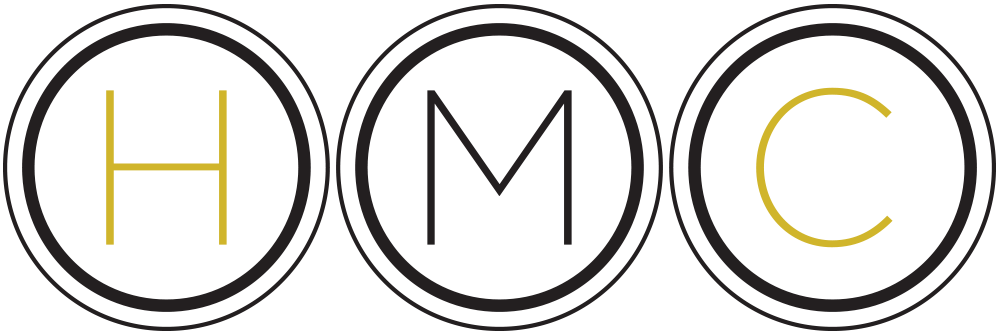How to Write a Quick-and-Dirty Creative Brief for Better Content
blog post
Jun 7, 2017
How to Write a Quick-and-Dirty Creative Brief for Better Content
|
By Heather Munro
Photo by Toa Heftiba on Unsplash
I got my start at a direct mail advertising agency with savvy account managers, official kickoff meetings, and strict instructions to never begin writing copy until the creative brief was approved by the client. My, how times have changed.
These days, as a freelance copywriter, when I get an assignment, there’s no creative brief. Instead, my work begins with an email or phone call. My clients usually provide the basic details and a “ASAP” deadline. Sometimes, I’m expected to fill in any missing information with additional research. But more often, it’s clear that my clients are too overloaded to think through the assignment.
Believe me, I get it. You’re under a lot of pressure to produce content as quickly as possible. Taking just fifteen minutes to answer the following 10 questions, however, will make all the difference in the quality of content you’re producing. This is your chance to fine-tune your messaging for your target audience so they might actually notice you. Fleshing out the details for your hired copywriter will also ensure she hits the mark on the very first round—and you get a draft that’s on point and ready to release that much sooner.
Below, you’ll find 10 questions I recommend answering to create a simple creative brief. Below each question, I’ve included example answers for a promotional conference e-mail. When writing your own quick-and-dirty creative brief, be as specific as possible. Be sure to include as much background as you can because contractors may be unfamiliar with the nuances of your brand, industry, or product/service.
Question 1: Objective
What are the business and marketing goals of the communication?
Send an email to entice C-suite executives to register for the Big Tech Conference. Communicate that the latest, big name speakers will be there and offer special savings to register by a certain date.
Question 2: Key Messages
What absolutely has to be communicated to your target audience?
The conference offers valuable insights relevant to where the tech industry is headed
Brief bios of scheduled speakers
Brief explanation of why speakers are relevant to this audience
Unlike other conferences, the Big Tech Conference offers up-to-minute tools executives can take back to their companies right way
Call to action: Register and reserve your spot
Include the following offer language: Register by September 15, 2017 and save $250 on your registration
Question 3: Target Audience
Who are you trying to reach and what makes them unique?
C-suite executives with little time to read emails and who are looking for effective solutions for competing against startups disrupting their industry’s traditional business model.
Question 4: Key Benefits
What’s in it for your target audience and why should they care?
Conference attendees get:
Valuable insights into current industry trends to help them stay competitive
The opportunity to make important career connections with the industry’s best and brightest
To feel special because this is an exclusive, invitation-only event
Question 5: Market Situation
In a nutshell, what’s the current state of your particular industry?
The tech industry is changing every day, with startups taking market share from well-established companies. Executives in more traditional industries are looking to gain a competitive advantage. Many well-established companies are facing disruption and to stay in the game, they need real-world solutions for their business.
Question 6: Tone/Attitude
How should the copy come across to your target audience?
Professional, knowledgeable, trusted, to the point
Question 7: Brand Positioning
What is the desired experience you want your target audience to have of your company?
The Big Tech Conference provides the latest, most relevant information and useful tips to help executives like me compete in the tech industry—and beyond.
Question 8: Creative Guidelines
Can you share your company’s Style Guide or briefly provide copy rules the writer should follow?
Follow AP Style. Capitalize all job titles. Avoid using these buzzwords: “ecosystem” and “pivot.”
Question 9: Additional Resources
Where can the writer find supporting information to support your key messages?
Here are links to speaker bios, speaker websites, pertinent news articles and conference positioning in the past.
Question 10: Past Work Examples
Are there any examples of work your company has done, or other companies have done, that you’d like the writer to emulate?
Here’s a link (or PDF) to work we’ve liked in the past. Here’s a link or PDF to a competitor’s work whose execution we’d like to emulate but with our unique messaging.
Once you’ve answered the questions above, I suggest you also schedule a quick phone or video chat to go over the answers with your hired writer, so she can ask follow-up questions and be absolutely sure she understands your creative brief. (And be sure to save what you’ve written for easy updating for the next assignment.)
Of course, if you’re really pressed for time, you can simply schedule a “brain dump” phone call where you answer the 10 questions on the fly and ask your writer to take notes. Recording the call is also helpful for later reference.
But in the time you’ve taken to read this article, you can probably answer the 10 straightforward questions above and create a useful creative brief. Not only will you ensure your content stands out, it will most likely be easier—and faster—to produce. Why not give it a try?


Why I Started a Travel Blog on Substack
When I started spending more time in Istria, Croatia, there were many reasons to begin writing my own travel blog. Not only could I showcase my writing chops, I could also return to writing for pleasure, capturing all of the big feelings that come with being a part-time expat.